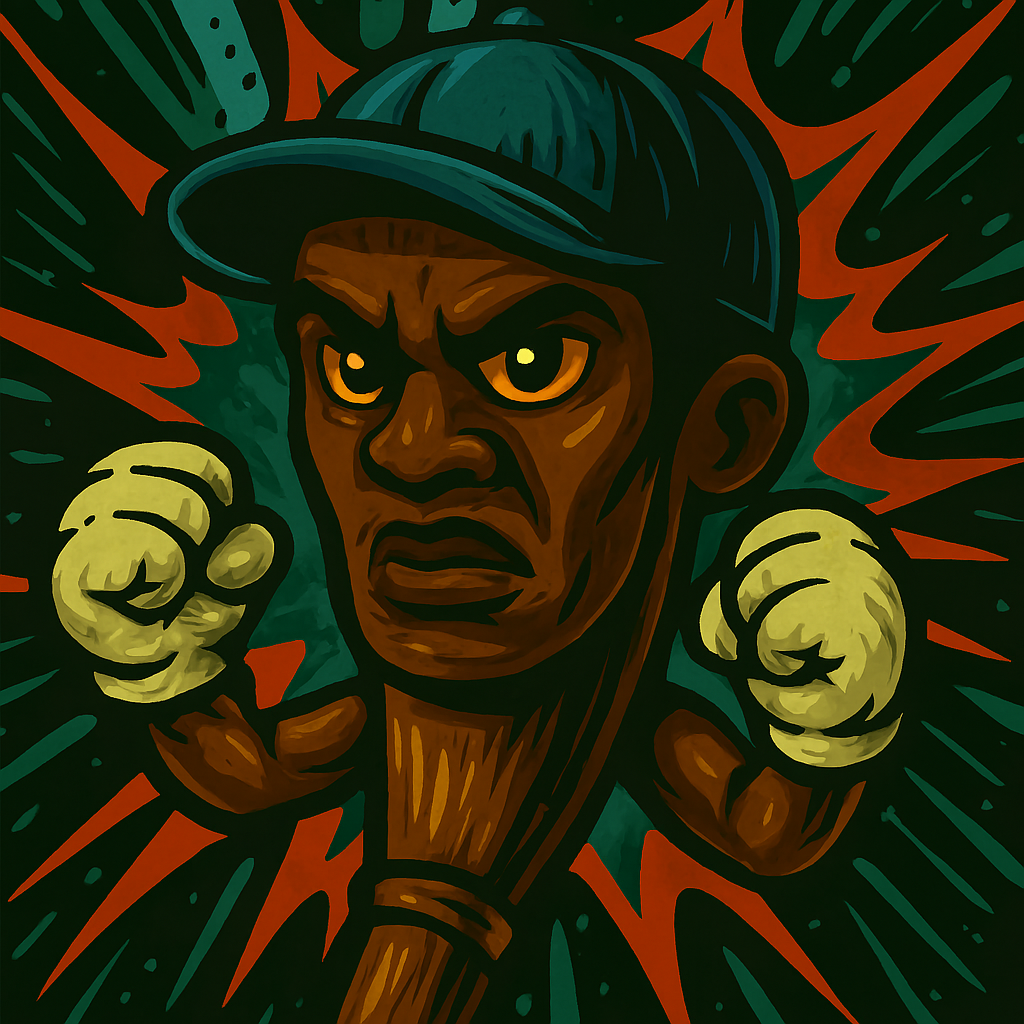The Intriguing World of Blind Cricket
——————-
Introduction
Blind cricket is a variant of the sport of cricket, specifically designed for athletes who are blind or visually impaired. It’s a testament to the resilience and determination of the human spirit, proving that passion for sports can overcome physical challenges.
History
Blind cricket has a rich history that dates back to the 1920s. It was first played in Melbourne, Australia, by two blind factory workers who used a tin can filled with rocks as a ball. Since then, the game has evolved significantly and is now played internationally.
How it Works
The game of blind cricket is played using auditory cues. The ball used in this sport is larger than a standard cricket ball and contains ball bearings that make a sound when the ball is in motion. This allows players with partial vision to see the ball and those who are completely blind to hear it.
Player Categories
In blind cricket, players are classified into three categories based on their level of visual impairment: B1 (totally blind), B2 (partially blind), and B3 (partially sighted). Each category has specific roles and responsibilities within the team, contributing to the overall strategy of the game.
Prominent Players
There are many successful teams and notable players in blind cricket. Some of the prominent players include:
Lalit Meena (Rajasthan, India): A B1 category player who has shown exceptional skill in the game.
Praveen Kumar Sharma (Haryana, India): Another B1 category player known for his excellent performance.
Sujeet Munda (Jharkhand, India): A B1 category player who has made significant contributions to his team.
Ajay Kumar Reddy (Andhra Pradesh, India): A B2 category player who is known for his leadership and cricketing skills.
Deepak Malik (Haryana, India): A B3 category player who has been instrumental in several victories for his team.
These players have not only shown exceptional skill and sportsmanship but also serve as an inspiration for many others to take up the sport.
Major Tournaments
Blind cricket has several major tournaments that attract teams from around the world. These include the Blind Cricket World Cup and the T20 Blind Cricket World Cup. These tournaments showcase the highest level of competition in the sport and are a testament to the skill and dedication of the players.
The Seriousness of the Sport
Blind cricket is not just a recreational activity; it’s a serious sport. It has its own set of rules and regulations, and matches are played at both national and international levels. The sport requires skill, strategy, and teamwork, much like mainstream cricket but is miles away from being accepted to be top layer main stream cricket.
Challenges and Future
Despite its popularity, blind cricket faces several challenges, including lack of funding and awareness. However, the future of the sport looks promising with increasing participation and support from various organizations.
How to Get Involved
For those inspired by the sport and looking to get involved, there are several ways to do so. You can participate as a player, volunteer in local clubs or events, or support the sport through sponsorships or donations. Your involvement can make a significant difference in promoting the sport and supporting visually impaired athletes.
Conclusion
Blind cricket is a remarkable sport that showcases the capabilities and potential of visually impaired athletes. It’s a sport that brings people together, promotes inclusivity, and challenges societal perceptions about disability.
Bodyline wishes to be excused for not presenting an audio version of this post. We are currently working on expanding our capability in order to be more inclusive.
#JoinTheDiscussion #BlindCricket #InclusiveSports #BlindCricket #InclusiveSports #CricketForAll #VisuallyImpairedAthletes #SportWithoutBarriers #AdaptiveCricket #BlindSports #CricketLove #GameForAll #InclusionInSports #BlindCricketWorldCup #InspiringAthletes
















Leave a Reply